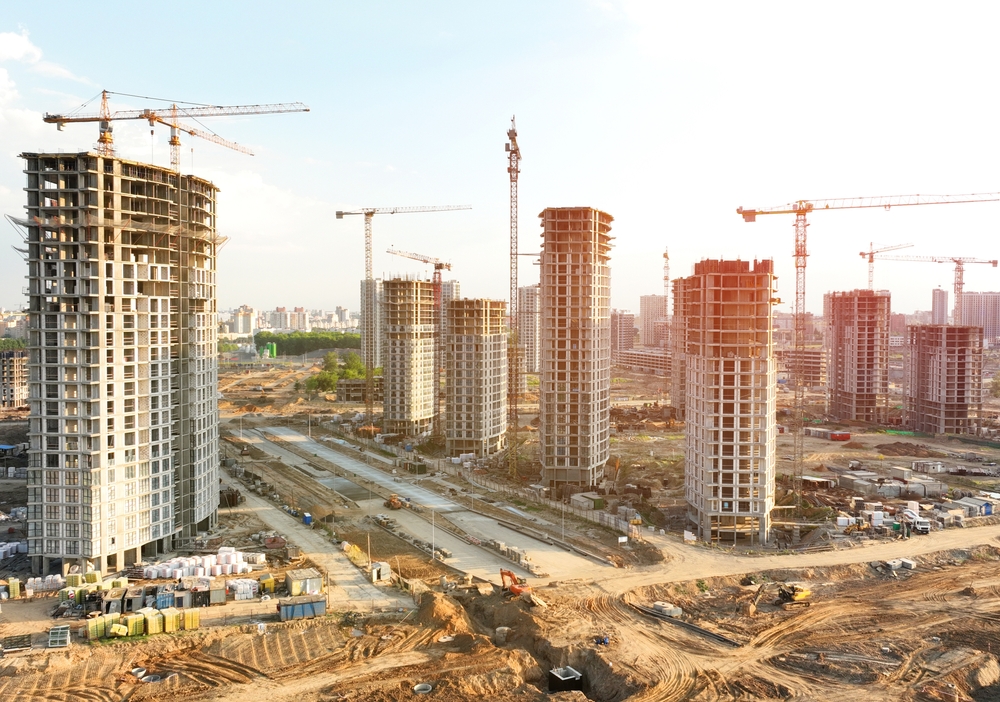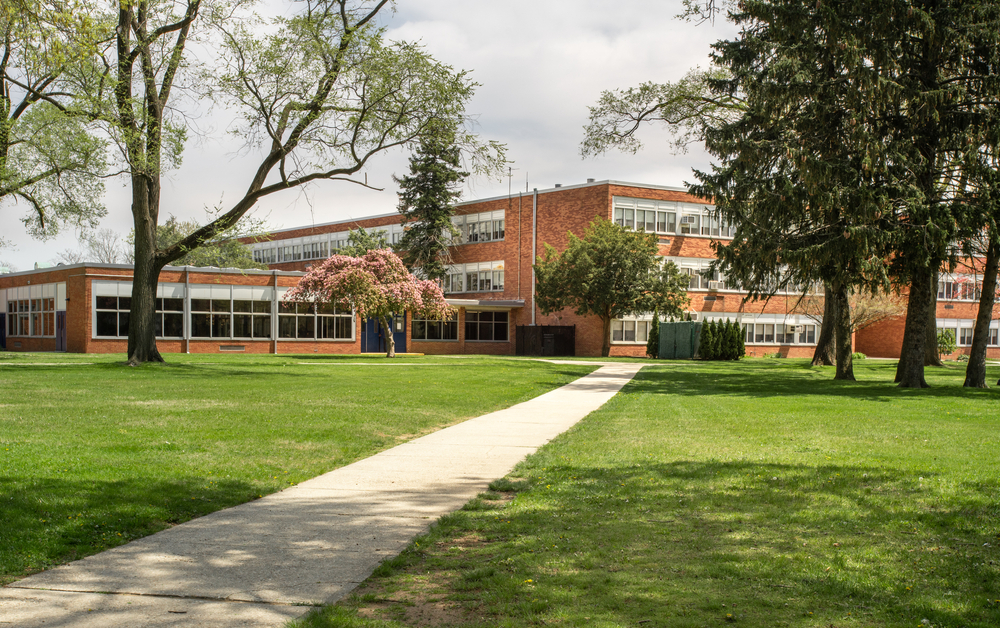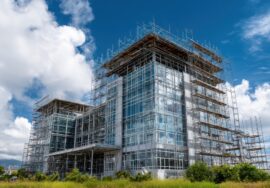Sustainable Urban Planning: Designing Cities for the Future
Sustainable Urban Planning: Designing Cities for the Future
Urbanization has rapidly increased over the past few decades, leading to challenges in resource management, infrastructure development, and environmental sustainability. Sustainable urban planning plays a critical role in addressing these challenges, ensuring that cities can meet the needs of their growing populations while minimizing their environmental impact. This article delves into the concept of sustainable urban planning, its importance, and the strategies that can be implemented to build cities for the future.
What is Sustainable Urban Planning?
Sustainable urban planning refers to the development and design of cities in a way that balances the needs of current and future generations. It focuses on creating urban spaces that are environmentally responsible, economically viable, and socially inclusive. Sustainable urban planning involves the integration of green spaces, efficient infrastructure, sustainable transportation, and energy-efficient buildings. It also encourages community participation and aims to create a high quality of life for urban dwellers.
Key Features of Sustainable Urban Planning
- Green Building Design: Incorporating energy-efficient building designs, sustainable materials, and renewable energy sources to reduce the carbon footprint of urban buildings.
- Public Transport Systems: Designing efficient, affordable, and sustainable public transportation options to reduce traffic congestion and pollution.
- Urban Green Spaces: Creating parks, gardens, and other green spaces to improve air quality, provide recreational areas, and promote biodiversity.
- Waste Management Systems: Developing systems for waste reduction, recycling, and composting to minimize landfill use and promote circular economies.
- Water Management: Implementing rainwater harvesting systems, efficient water distribution networks, and wastewater treatment plants to ensure the sustainable use of water resources.
- Mixed-Use Development: Designing urban areas that combine residential, commercial, and recreational spaces to reduce the need for long commutes and encourage walkability.
Importance of Sustainable Urban Planning
As cities continue to grow, sustainable urban planning becomes more important than ever. Here are some reasons why:
1. Environmental Protection
Cities are major contributors to environmental degradation, with high levels of pollution, waste generation, and resource consumption. Sustainable urban helps reduce a city’s ecological footprint by promoting energy-efficient buildings, renewable energy sources, and green spaces that mitigate the effects of climate change. By designing cities to be environmentally friendly, we can ensure the long-term health of the planet.
2. Economic Growth
Sustainable urban planning supports economic growth by creating efficient, resilient infrastructure and fostering innovation in green technologies. A well-planned city attracts businesses, boosts local economies, and creates job opportunities in sectors such as renewable energy, green construction, and waste management. Furthermore, investing in sustainable infrastructure can result in long-term savings for governments and businesses through reduced energy and water consumption.
3. Improved Quality of Life
Cities that embrace sustainable urban prioritize the well-being of their inhabitants. Access to green spaces, efficient public transportation, and clean air and water can significantly improve the quality of life for residents. Sustainable cities also promote social equity by ensuring that urban amenities and services are accessible to all, including low-income communities.
4. Climate Change Mitigation
Sustainable urban is a key strategy in addressing the challenges posed by climate change. By reducing greenhouse gas emissions through energy-efficient buildings, sustainable transport, and waste reduction, cities can play a vital role in mitigating the impacts of global warming. Cities are responsible for more than 70% of global carbon emissions, making it essential for urban planners to focus on sustainability.
5. Resilience to Natural Disasters
Sustainable urban enhances a city’s resilience to natural disasters such as floods, hurricanes, and heatwaves. By integrating climate-resilient infrastructure, such as flood barriers, green roofs, and permeable pavements, cities can reduce the risk of damage during extreme weather events. Additionally, planning for disaster recovery and ensuring adequate emergency services are part of a resilient urban strategy.

Strategies for Implementing Sustainable Urban Planning
To create cities that are both livable and sustainable, urban planners need to adopt various strategies:
1. Green Infrastructure Integration
Incorporating green infrastructure, such as urban forests, green roofs, and permeable pavements, can help manage stormwater, reduce urban heat islands, and improve air quality. Green infrastructure not only benefits the environment but also enhances the aesthetic value of urban spaces.
2. Promoting Sustainable Transportation
Cities should prioritize sustainable transportation options, such as electric buses, bicycles, and pedestrian-friendly streets. Developing efficient and affordable public transport systems reduces the dependence on private cars, alleviates traffic congestion, and lowers carbon emissions.
3. Smart City Technologies
Leveraging smart technologies can make cities more efficient and sustainable. Smart sensors, data analytics, and digital platforms can optimize energy usage, manage waste, and monitor air quality in real-time. By using technology to improve city operations, urban planners can create more livable and sustainable environments.
4. Community Engagement and Collaboration
Sustainable urban planning requires collaboration between governments, businesses, and citizens. Public participation ensures that the needs and preferences of local communities are considered in the planning process. Engaging communities in decision-making also fosters a sense of ownership and responsibility for the city’s sustainability.
5. Energy-Efficient Buildings
Building codes and regulations should encourage the construction of energy-efficient buildings that use sustainable materials, renewable energy, and smart technologies. Retrofitting existing buildings to meet energy standards can also help reduce energy consumption and lower carbon emissions.
Sustainable Urban Planning in India
In India, sustainable urban planning is increasingly becoming a priority as the country faces rapid urbanization, air pollution, and water scarcity. Several initiatives, such as the Smart Cities Mission and the Atal Mission for Rejuvenation and Urban Transformation (AMRUT), focus on creating sustainable and resilient cities. These initiatives emphasize clean energy, waste management, and improved urban infrastructure.
Cities like Pune and Bengaluru have implemented sustainable urban planning strategies, focusing on green spaces, waste reduction, and efficient public transportation systems. The development of eco-friendly buildings and rainwater harvesting systems are also key components of India’s sustainable urban planning efforts.
For more information on urban planning initiatives in India, you can explore the Smart Cities Mission here or learn about sustainable infrastructure in India through AMRUT here.
Conclusion
Sustainable urban planning is essential for building cities that are both environmentally responsible and economically viable. By focusing on green infrastructure, sustainable transportation, energy-efficient buildings, and community engagement, we can create urban environments that offer a high quality of life while minimizing environmental impact. In India, sustainable urban planning efforts are crucial to addressing the challenges of rapid urbanization and climate change, paving the way for a more sustainable and resilient future.
For assistance with your urban planning projects, don’t hesitate to contact us.
Construction Industry in India
- One of India’s largest construction and engineering companies, Campus Construction Cost Optimization provides services including project management, cost control, and engineering consultancy. For detailed information on their offerings, visit. Construction Industry in India
Read more related articles to enhance your knowledge and make informed decisions
10 Essential Steps in the Building Construction Process
How to Choose the Right Materials for Your Construction Project









